|
4th January 2022 It's a Tuesday and we're round Simon's for the first in-person game of the year! 'Here be dragons', is something you don't want to shout in Clank! Instead you'll want to silently tippy-toe around without waking the damn thing up, then steal its stuff and run! NOTE: When we played Clank!, it was with an expansion that took the player count up 6 (Which was useful, as there were 6 of us!) and added characters with individual starting decks. What's in a game?
Clank features good, colourful artwork throughout, the board has a fairly unique look to it and is clearly illustrated, the cards and tokens also feature good artwork with well illustrated characters and monsters. The game uses a fairly small assortment of iconography and it's all easily understood. How's it play? Setup
On to play The objective in Clank! is to grab an artefact from the depths and escape the out of the dungeon alive! A player cannot leave the dungeon without an artefact neither score points. Play progress in traditional clockwise order during Clank! and the active player plays cards from their hand to generate resource pools which they can then utilise to perform associated actions.
Endgame There are 2 ways to trigger the endgame. It can be triggered by the 1st player to acquire an artefact and leave the dungeon or the 1st player to be knocked out. In either circumstance, the player who triggered the endgame places their meeple on the countdown track. Then when they become the active player, all they do move their meeple along the track. This will trigger a worsening dragon attack every round for the next 3 rounds, then on the final round the dragon will knock out all players who are still in the dungeon, regardless of whether they are in the depths or the upper levels. After this, the game goes to scoring, players who did not acquire an artefact or who were for any reason knocked out while in the depths do not score any points! Points may be accumulated from the following sources: Artefacts score 5-30 VPS. Tokens acquired. Card with VP values that players bought. Gold; each gold scores 2 VPs. Points are tallied, highest score wins. Overall
Clank! has an unusual mix of deck-building and push-your-luck mechanics and it's the push-your-luck element that interests me the most. Clank! makes use of this mechanic in several aspects of the game. Firstly, there's a definite push-your-luck element to generating clank. Players will obviously want to minimise how much clank they add to the banner and lessen the chances of their cubes being pulled when the dragon attacks. Having said that, lessening the impact of clank may slow a player's progress, sometimes generating clank will give a bonus, the question is; is it worth it? how much do you want to push it. There's also a contextual angle here, if you see other players are generating a lot of clank, that means it should be safer to generate a little bit of clank yourself. If the opposite is true, they you'll need to be even more careful. The most obvious use of push-your-luck is when collecting an artefact. Every player needs to collect 1 but there's quite a spread of VPs. The higher scoring artefacts are found lower down in the depths. Getting one and getting out will be more risky, but more rewarding. Compounding this is the rule that you can't drop an artefact once it's been picked up. There's no hedging you bet here, if you want a higher value artefact, you have to go for it. It's basically stick-or-twist. This also ties in with the game's other aspect of push-your-luck. The countdown mechanic adds an interesting wrinkle to all this, dramatically altering player priorities and objectives. If the countdown is triggered by another player, you'll find yourself wondering whether you can get one last scoring token before heading to the top or not - probably better to run? The penalty for getting caught in the depths is catastrophic and that 20 VP mastery token is pretty good. Conversely, if you're the player who has an opportunity to escape the dungeon and trigger the countdown, should you do it? Or should you try and get more points? It might seem like a no-brainer, but is it? Chances are the first player to get out didn't go too deep and got a lower value artefact. The combined value of a mastery token and a 5 point artefact is still less than the highest value artefact and I'm sure this is no coincidence, I put it down to well balanced scoring. Rushing to get out and put pressure on other players may work or it may not. The deck-building aspect in Clank! is light-ish and fairly straightforward, which I think is a good thing because it can have quite the influence on a player's turn. There's little in the way of card combos and mostly all the cards stand on their own. The only trash cards (And they're not really trash.) are the secret tomes, which score 7VP at the game end but otherwise clutter up a deck. This brings me to perhaps the only niggle I have about the deck-building and Clank! In most deck-builders, it's all about buying more cards, either to improve your deck or score you points and Clank! is unlike those deck-builders. In Clank! your needs may change from round to round; in a particular round you may want to move a lot, in the next you may want fight points and sometimes, the cards may just not give you what you need. Sure, in most deck-builders, the cards will screw you over but somehow it can feel worse in Clank! It can be frustrating when you don't enough quite have the movement you to reach an artefact for example and feels like nothing is going on. It's not a dealbreaker though and I guess learning to adapt as much as possible is key. Otherwise, Clank! is hard to fault. Colourful with an interesting theme and mechanics, not too tricky to learn, reasonably fast to play and with a dramatic endgame. What's not to like. If you like deck-builders or push-your-luck games or both, Clank! is worth a try.
0 Comments
Leave a Reply. |
AuthorI play, I paint. Archives
March 2024
Categories
All
|

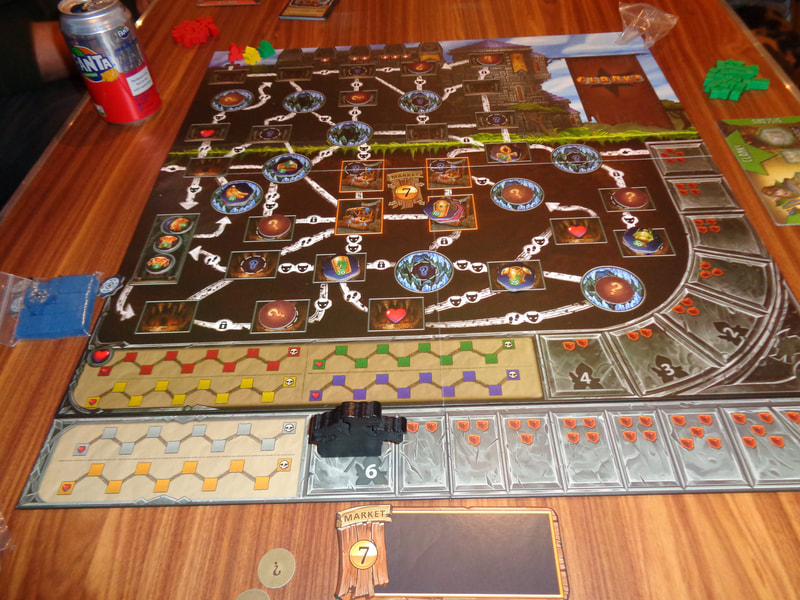
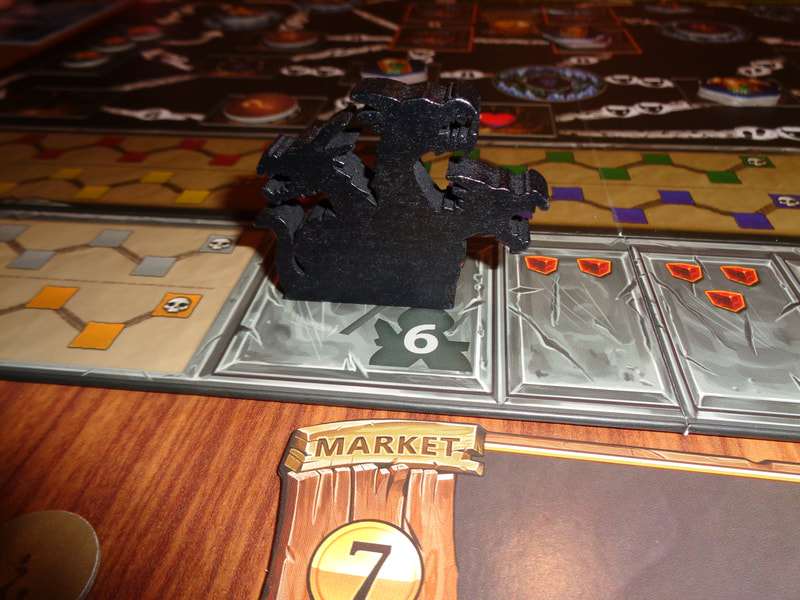
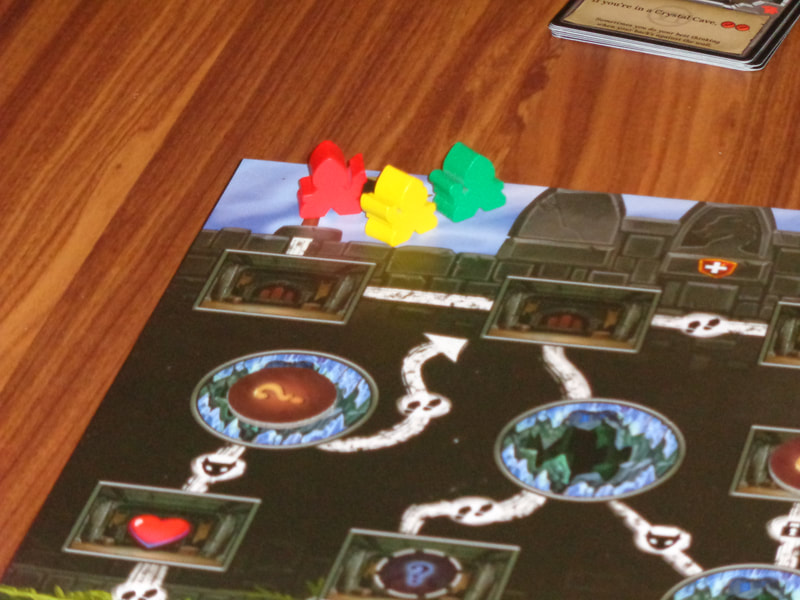
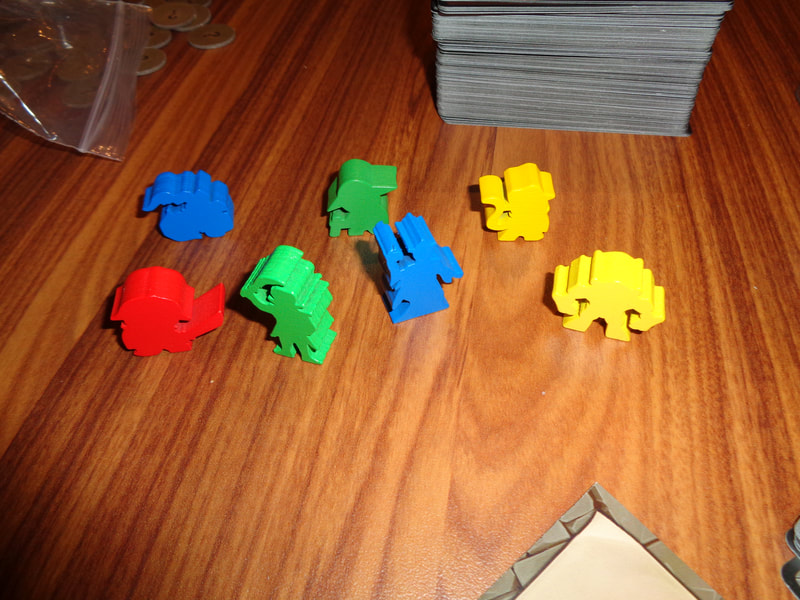

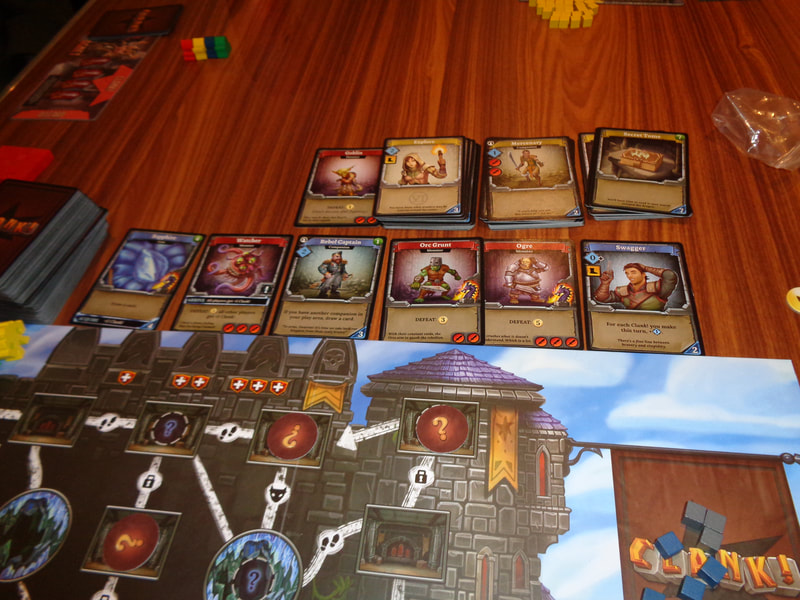
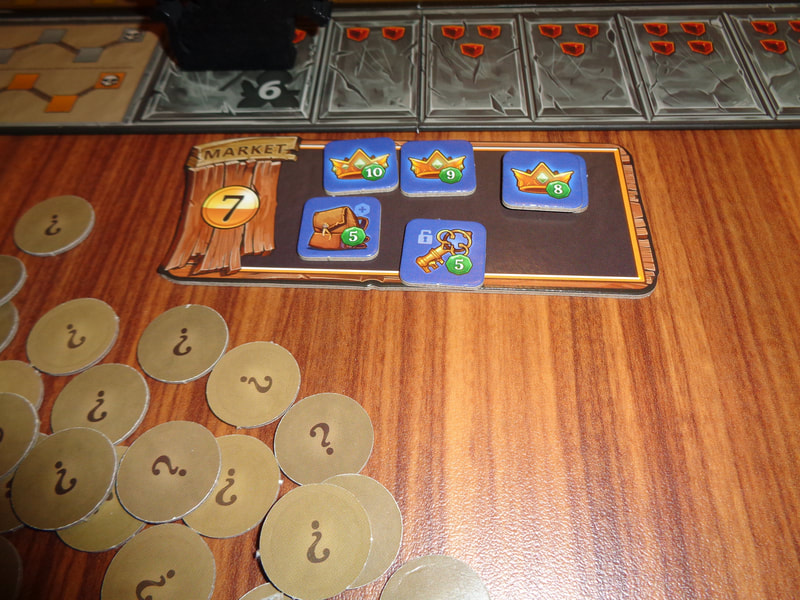
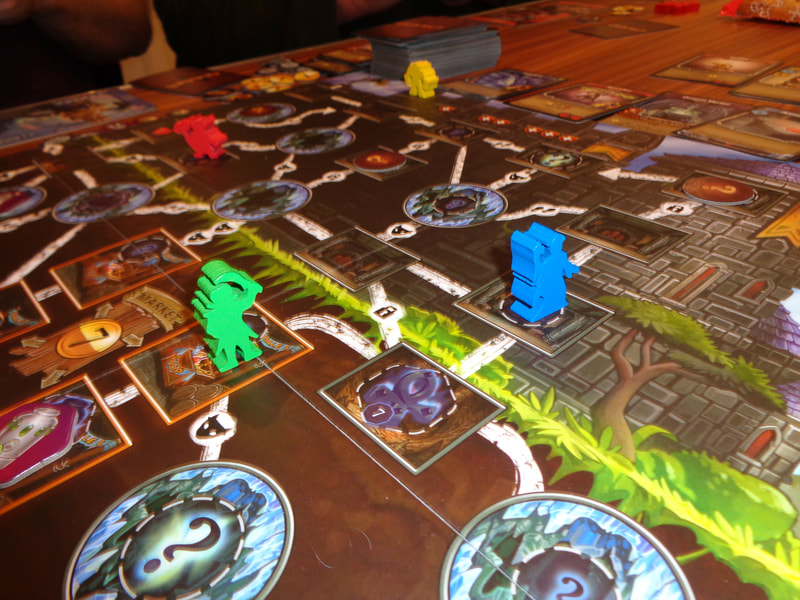
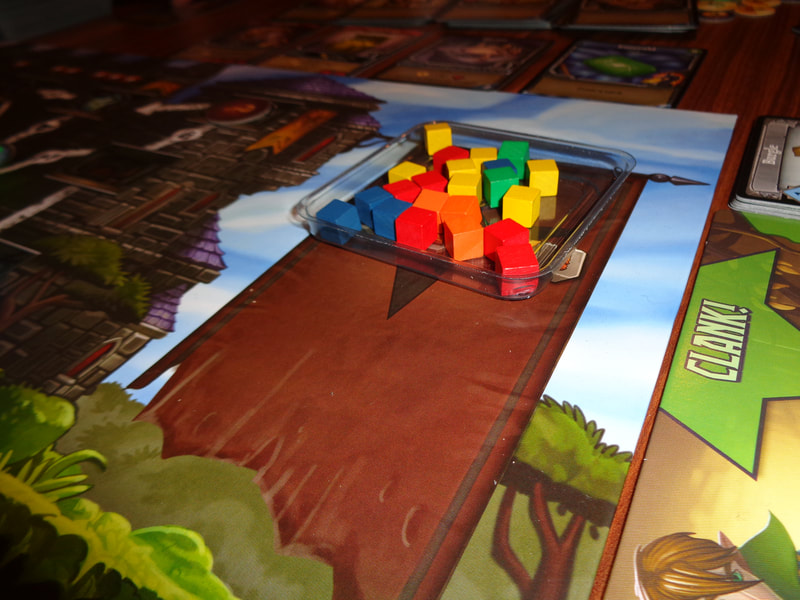

 RSS Feed
RSS Feed
